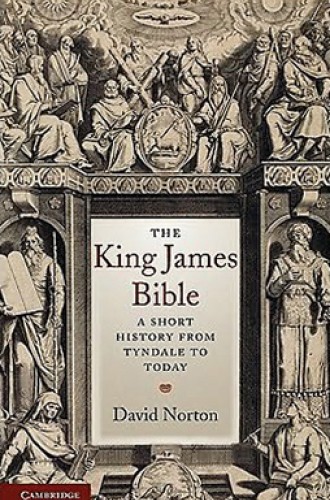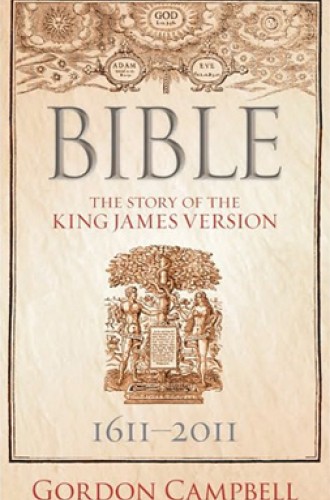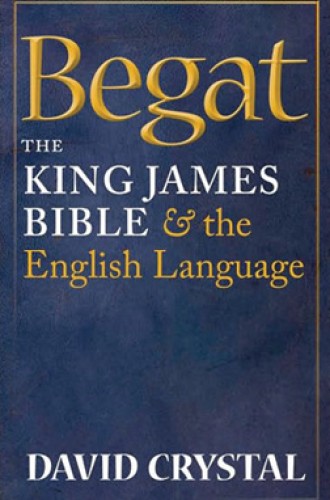KJV at 400
This year marks the 400th anniversary of the publication of the King James Version of the Bible. Why should this matter to readers of the Christian Century? The KJV is, after all, the translation that fundamentalists rallied around in the late 19th and early 20th centuries after the introduction of the Revised Version (1885).
For a majority of mainline Christians, the New Revised Standard Version (NRSV) is preferred for its contemporary scholarship, use of the most recent manuscripts (including those discovered among the Dead Sea Scrolls), removal of archaisms, attention to the differences between genres (typesetting poetry as poetry, presenting the Song of Songs as drama), use of appropriate gender-inclusive language, and its ecumenical focus. Nevertheless, the KJV is the translation that is a building block of our collective cultural heritage. It is the English-language Bible on which all others stand. What other would U.S. presidents lay their right hand upon while swearing the oath of office? None. From Washington to Obama, it has been the KJV.
The anniversary year features conferences, television programs, websites, blogs, videos and traveling exhibits on the KJV. Most notable of the latter is the exhibit of rare biblical treasures and artifacts in the privately owned Green Collection (named for an Oklahoma City family) traveling the U.S. throughout the year. This exhibit went on display on March 31 at the Embassy of the Holy See in Washington, D.C. Sitting beside fragments of the Dead Sea Scrolls, rare Roman papyrus, priceless medieval editions of the Vulgate and a first edition of Foxe's Book of Martyrs is a variety of the first printings of the 1611 KJV. The program notes read: "The King James Bible is more often seen merely as a Protestant enterprise while, in fact, it represented the earliest attempt in English to provide what we may call today 'an interfaith' Bible translation that borrowed from the best that previous translations had to offer."








